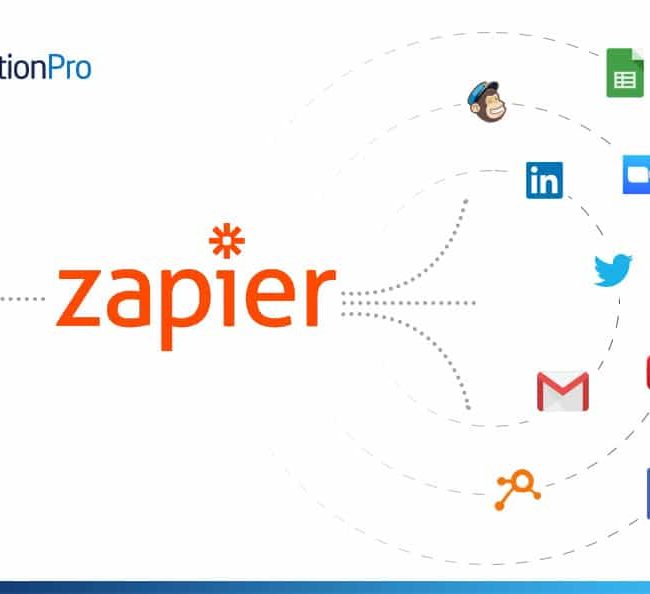
Flow Efficient Webstore
Esseen tyyppi: Yksilöessee / 2 esseepistettä.
KIRJALÄHTEET
| KIRJA | KIRJAILIJA |
|---|---|
|
This is Lean: Resolving the Efficiency Paradox |
Niklas Modig & Pär Åhlström |
- Introduction
This Essay was done for a better understanding of Lean filosofy and to further validate the hypothesis of raising the conversion rate of webstore by using flow efficiency. This hypothesis is validated to see if it can be used as a valid topic for a bachelors thesis. The terminology will be explained in the essay by referating the studies of Niklas Modig & Pär Åhlström from their book This is Lean: Resolving the Efficiency Paradox.
Professor Christoph H. Loch says on the books forewords that it shows the value of simplifying and he sums the filosofy of Lean: ”Lean is strategy of flow efficiency, which prime principles are just-in-time and visual guiding.”.
- Study / methodology
The hypothesis was born through studies of Lean filosofy and data which was collected through webstore that gathered 15000 visitors. The visitors movements in the webstore were recorded and it was done so that only the movements were followed but everything else was censored and the privacy of the visitors was not harmed. The things that were gathered for the study were hot spots on the webstore. Hot spots mean the mostly clicked spots in webstore or how far are the visitors scrolling down the webstore.
The study suggested that the value of simplifying and the prime principles of flow efficiency are valid teachings to be considered. How to build an flow efficient webstore is a question that still remains and that question is something that is going to be answered on the bachelors thesis. On the other hand, the early idea can be answered here briefly. This means that the hypothesis of where and how to start the process of building a flow efficient webstore starts.
The most important thing in flow efficiency is time, which pass by after noticing the need to fulfilling the need. (Modig & Åhlström, 2016). To make this into a more concrete, Modig & Åhlström 2016 show this case study on their book that tells two different stories or more particurarly two different people with same need.
There are two women and they both want a diagnose if they have or dont have a breast cancer. The other woman goes to public hospital and her diagnose took 42 days since the first day of visiting the hospital. 42 days can be measured by 1008 hours. The other woman went to the private hospital and her diagnose took 2 hours to complete, which makes it 500 times faster than on the public sector.
This study shows that the private sectors flow was 500 times faster than in the public sector. This study also shows that the same kind of flow can be done into the digital version such as webstore and the main idea is to create a flow through the first steps of customer finding you through search engine such as Google or through social media.
This data was taken into the consept of flow efficient webstore and the data from webstore was analyzed to see how much do the visitors want to use time on scrolling and moving around the webstore and how many wanted to get their needs fulfilled right away. The case showed that 60% were not ready to scroll down the landing page anymore than 2 seconds and it seemed that they wanted to get straight away to the product page and search the catalog instead of gathering intel of the webstore.
The research was still very limited by the time of writing this essay, since there was not yet ready flow efficient webstore to be tested, instead the data was only gathered from and webstore which was not build by the Lean filosofy and flow efficiency and the research was limited because of that.
- Conclusion
The data from an ”normal” (the word normal will be used to describe a webstore that has not been influenced by Lean filosofies and flow efficiency) webstore and the case study that Modig & Åhlström 2016 bring up, already validate the hypothesis of increasing the conversion rate of webstore by using flow efficiency. The service enviroment is different than on the case study, since the other case study is from real world and the webstore is an digital enviroment, but the same customer needs apply on both fields, since the customer need is a psychological factor.
The next study will be done after enough understanding has been gathered of Lean filosfy and flow efficiency and it will take place in flow efficient webstore. Same study methods will be used for the data gathering and those will be the recordings of the visitors and monitoring their movements in the webstore. This way it can be measured if there is any differences with the new and old webstores and if the customers needs are satisfied much faster and if the conversion rate will increase in the new webstore.
Source:
Modig & Åhlström, 2016, This is Lean: Resolving the Efficiency Paradox



